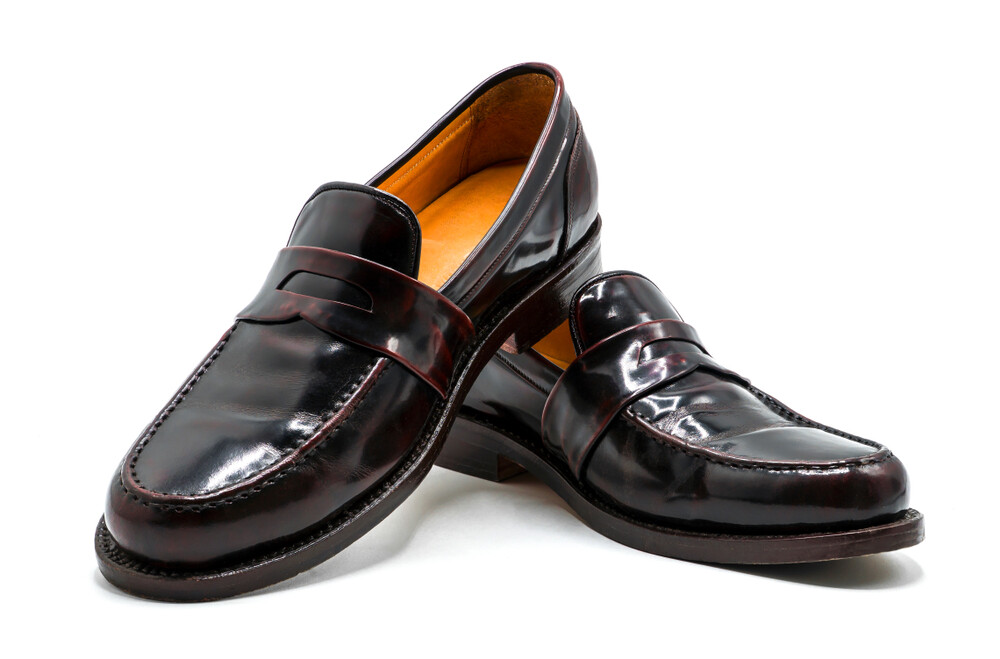First of all, hello to Quentin Tarantino and any other footwear freaks. I’m not sure this article’s going to give you what you need, but I wish you the best. What we’re here to talk about is an iconic shoe, one that’s enjoying a bit of a renaissance: the loafer.
I, unfortunately, cannot participate because I’m tall and lumbering enough that anything with a moc-toe and a chunky sole gives me Downtown Frankenstein vibes. But I can appreciate them, with all their sartorial twists, maybe most uniquely the strip of leather over the top that defines a loafer as a “penny loafer.” The name comes from the ability to tuck a penny into the little coin slot they provide. I assumed that this was either purely aesthetic or superstitious, a feature to ensure that you can pay Charon his fare in case you fall off your yacht.
Don’t Miss
Surely, there was no point in history in which tucking two bits of copper into your shoes served a genuine, practical purpose. They probably just cut that flap in there for a little flair, and then, like a toddler entranced by the idea of spatial reasoning, people figured out exactly what they could jam in there that fit just right. After all, it’s painfully dandyish — the sort of thing a high schooler with a masochistic streak would try just to make sure he spent the rest of the day in a locker trying to figure out why it made him feel so good.
Shutterstock
But apparently, these weird little currency holders were put to real use — by real people, who weren’t trying to get punched. They did indeed pop coins in there, though the name “penny loafer” is also a little misleading, since the most popular denomination was the dime.
What purpose did having 20 cents strapped to your tootsies serve? Well, to make sure that you always had the change to make a pay phone call.
Pennies, even back then, simply weren’t enough to provide, since even early pay phones demanded to be fed a nickel. Dimes, though, were enough to pay your passage through to the switchboard.

